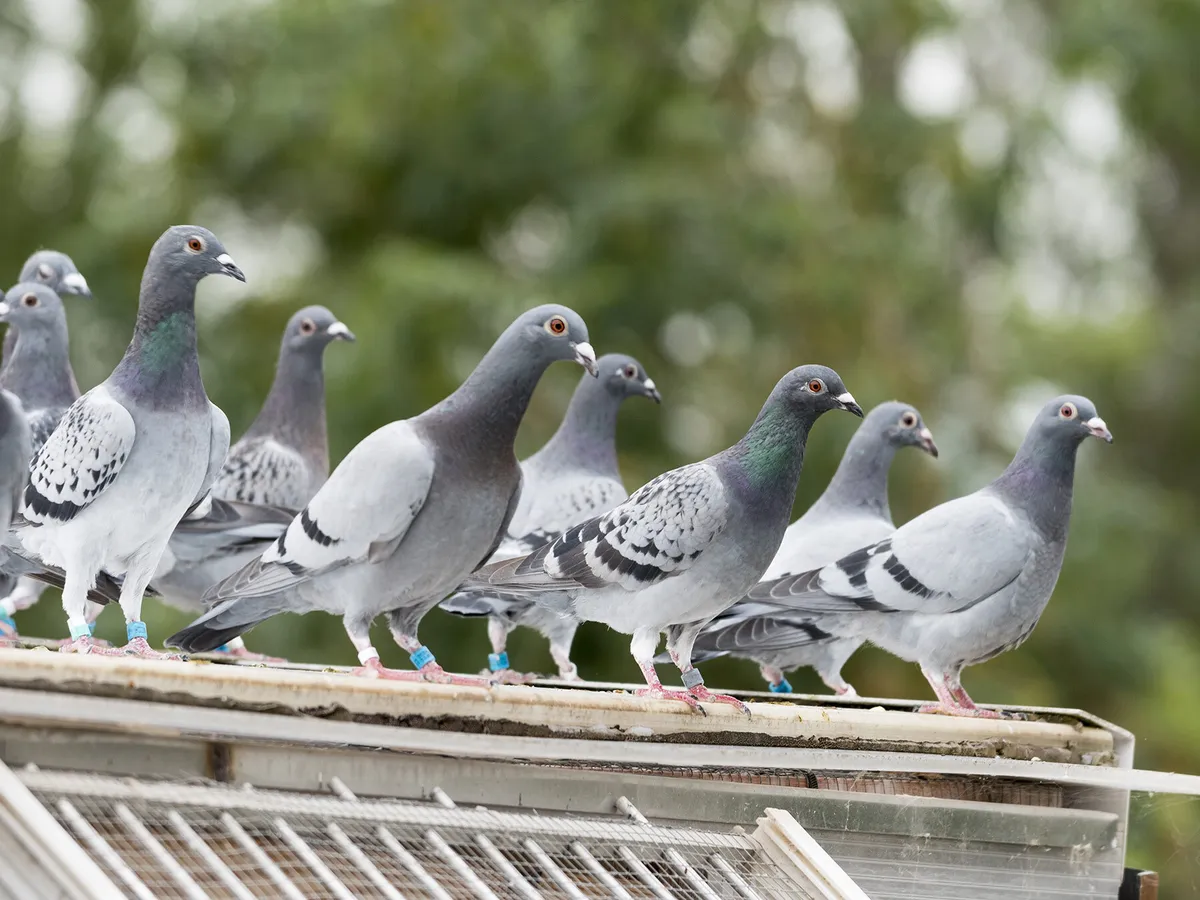
Essential Health Guide: Common Diseases That Affect Racing Pigeons
When it comes to the world of pigeon racing, having fast birds is only part of the formula. Maintaining the health and vitality of your racing pigeons is just as important—if not more so—than their genetics or training. Even a minor health issue can significantly reduce performance and potentially cost a big win. That’s why understanding, preventing, and managing common diseases in racing pigeons is absolutely essential.
In this essential health guide, we’ll break down the most common pigeon diseases that impact race performance and how you can prevent them with smart loft management and timely treatments.
1. Respiratory Infections (Ornithosis Complex)
Respiratory infections are among the most prevalent and performance-affecting illnesses in racing pigeons. Known as the Ornithosis Complex, this condition doesn’t always display obvious symptoms, but it can still significantly hinder a bird’s ability to fly at peak performance.
What to Watch For:
- Excessive tearing or wetness around the eyes
- Small air bubbles in the eye corner when pressing the wattle
- A faint puffing sound when the bird breathes (listen closely near the beak)
Treatment and Prevention:
- Begin treatment 20 days before racing season starts
- Continue treating for 3 days weekly during the season
- Use a combination of Tylan (2,500 mg/gallon) and Doxycycline (750 mg/gallon)
Proactive treatment is critical, especially since infections can spread in transport baskets during races.
2. Coccidiosis
Coccidiosis is a parasitic infection that affects the intestinal tract of pigeons. While European vets often recommend treating only severe cases, many seasoned fanciers treat even mild symptoms due to the rapid spread under stress.
Why It Matters:
- Coccidia levels can vary daily, making it hard to detect
- Heavily infected birds can infect the entire loft
- Racing stress amplifies infection severity
Prevention and Treatment:
- Scrape the loft daily to keep droppings from maturing
- Use Sulmet (1 tbsp/gallon) or Baycox if accessible
3. Canker (Trichomoniasis)
Caused by the Trichomonas parasite, canker is a silent performance killer. Even without the classic yellow lesions, pigeons can suffer from internal infections that weaken race-day performance.
Treatment Plan:
- Treat before the season and every other week during racing
- Options include:
Blood parasites like Haemoproteus are transmitted by pigeon flies and lead to anemia, reducing the bird’s stamina and endurance.
Combat Strategy:
- Treat two weeks before the season
- Then continue for 2 days each week during the season
- Use Atabrine (200 mg/gallon), available from avian vets
5. Pigeon Pox
A viral disease often seen in younger birds, Pigeon Pox causes scabby yellow sores on unfeathered parts of the bird such as the beak, legs, and eyelids.
Prevention is Key:
- Vaccinate a minimum of 6 weeks before racing
- Effective vaccines include:
- Maine Biological Vaccine
- Belgian Pox Vaccine
- Use a needle-prick method for a quick and effective application
6. Paramyxovirus (PMV)
PMV is a highly contagious virus that affects the kidneys and nervous system, often leading to excessive thirst, diarrhea, and neurological symptoms like twisted necks or balance loss.
How to Protect Your Loft:
- Vaccinate annually using the Maine Biological Injectable Vaccine
- In case of infection, isolate affected birds and provide supportive care, including hand-feeding if needed
7. Paratyphoid (Salmonella)
This serious bacterial disease can wreak havoc on your loft. Paratyphoid affects the joints, causes infertility, weight loss, diarrhea, and can lead to sudden death.
Treatment & Prevention:
- Use Baytril (250 mg/gallon) or Cipro (500 mg/gallon) for 10–14 days
- Control rodents in and around the loft
- Vaccination is available and highly recommended for lofts with prior outbreaks
8. E. Coli Infections
Often confused with salmonella, E. coli is another bacterial enemy. It thrives when pigeons are stressed or already fighting another infection, making it a secondary threat that can be just as damaging.
Management Tips:
- Get lab testing to identify the specific bacteria strain
- Focus on managing primary infections to prevent E. coli from gaining a foothold
9. Worms (Internal Parasites)
Internal parasites, such as roundworms, capillaria, tetrameres, and tapeworms, are common but often overlooked.
Consequences:
- Poor nutrient absorption
- Reduced energy levels
- Lower race performance
Treatment Methods:
- Ivermectin (0.1 cc orally per bird) for general worm control
- Droncit (1/4 cat tablet per bird) specifically for tapeworms
- Maintain loft hygiene by scraping daily to reduce reinfection risks
Final Thoughts: Healthy Birds = Winning Birds
Pigeon racing success depends on more than just training and breeding. It’s about total health management. Staying proactive with regular disease prevention, timely treatments, and keeping a clean, secure loft will go a long way in keeping your team in top shape.
From respiratory issues to parasites, understanding how each disease works and how to counter it effectively can make all the difference in your race outcomes. Prevention always outweighs treatment, so take the time to vaccinate, medicate, and manage your loft properly. Your pigeons and your race results will thank you.
Looking for trusted health products and supplements for racing pigeons? Visit our online store to explore our range of proven solutions trusted by champions.
“Until Next time Keep Them Healthy And Flying”

